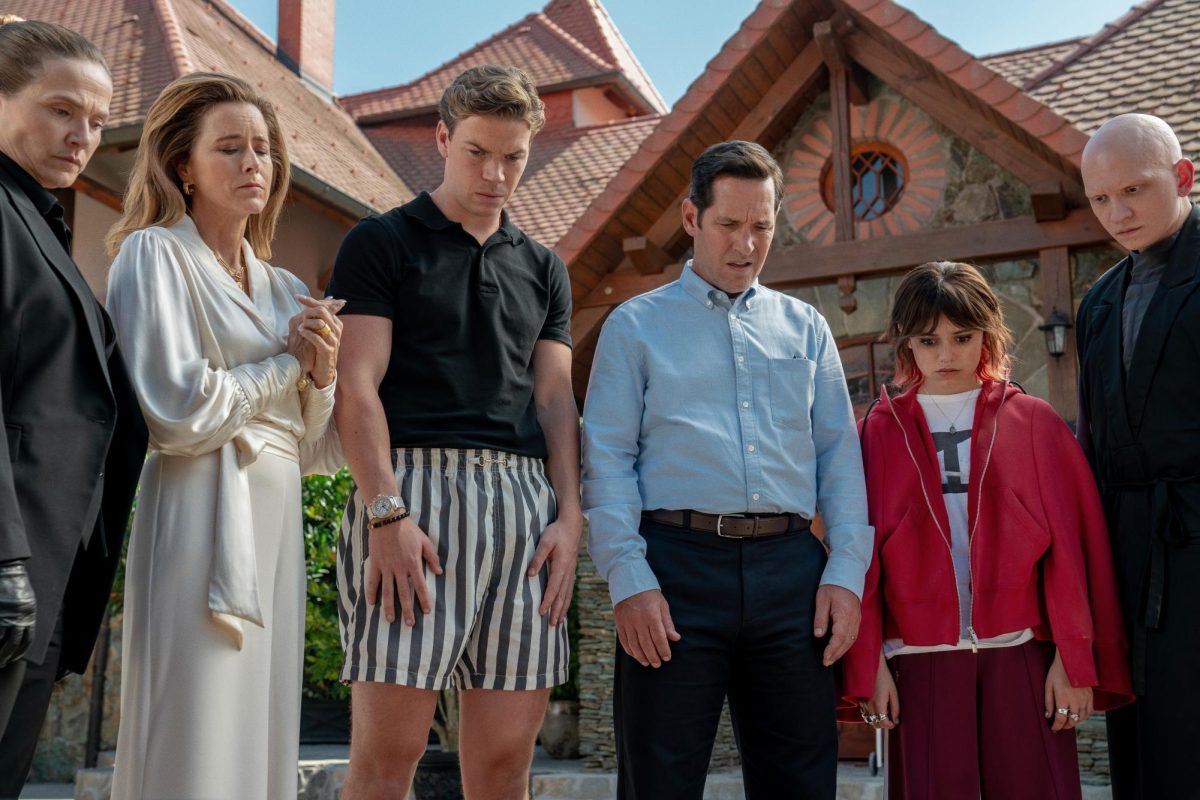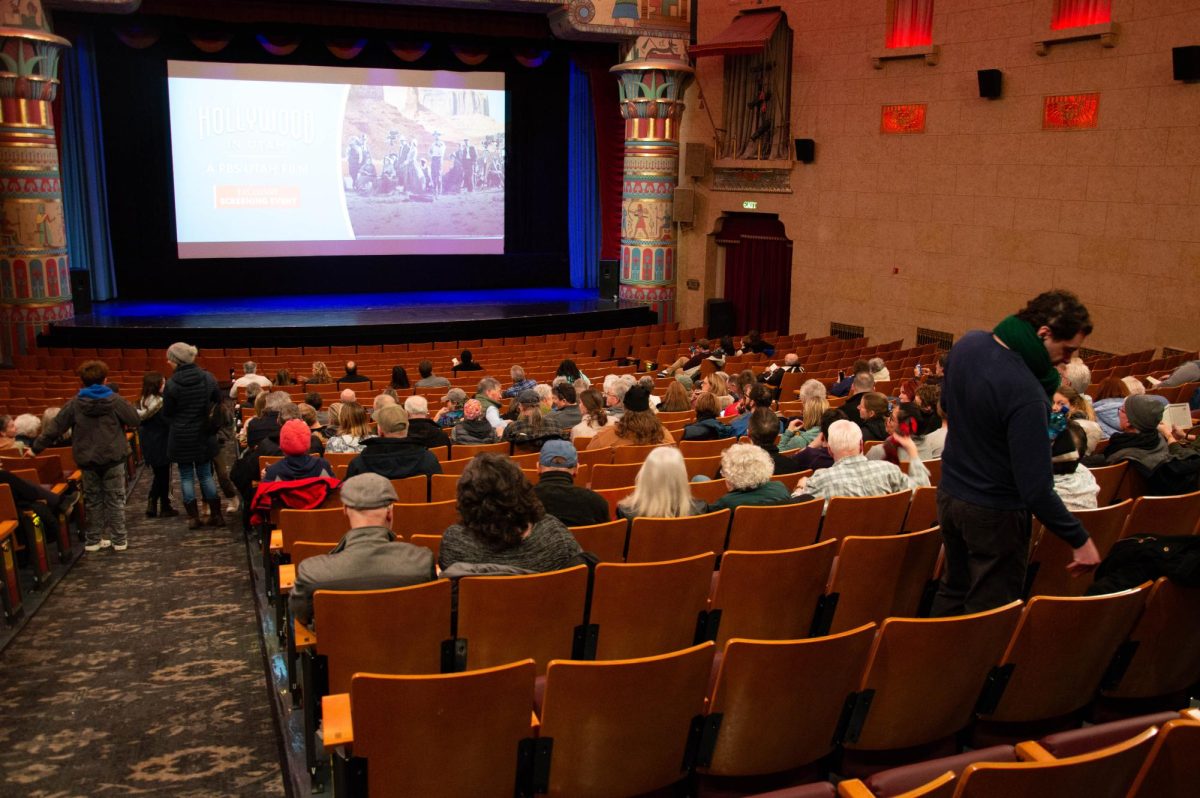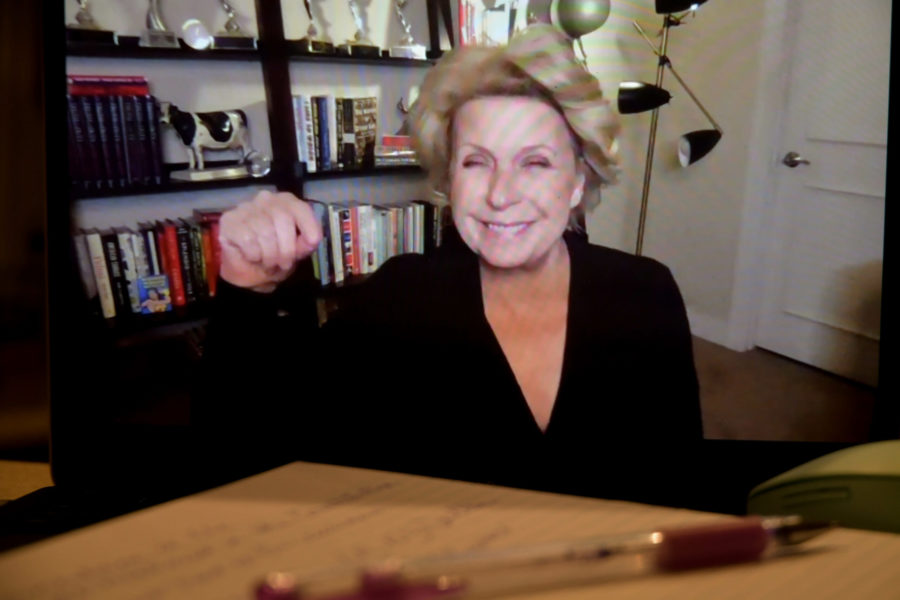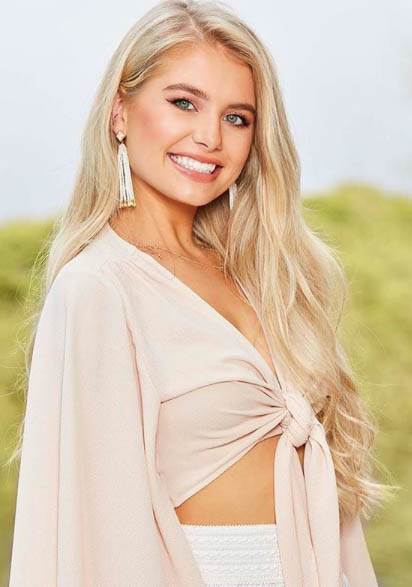
When Kathryn Bigelow became the first woman to win the Academy Award for directing in 2010, it looked to be a watershed moment for Hollywood’s premiere creative profession.
But on this Oscar Sunday, all of the directing nominees will be men. No woman has been nominated for directing since Bigelow took home the award for “The Hurt Locker,” which also won Best Picture.
“I don’t understand why there aren’t more powerful female directors,” Sam Taylor-Johnson, the woman who directed Hollywood’s latest hit, “Fifty Shades of Grey,” said. “I don’t have the answers, but I hope that things may start to shift and that studios will employ more women to handle strong and interesting material. Hollywood historically has been a boys’ club, but hopefully now it’s become co-ed.”
The number of major studio films directed by women has been stubbornly low over the last five years, hitting a high of 8.1 percent in 2010 and falling to a low of 4.6 percent last year, according to a Los Angeles Times analysis of films directed by women at the six major studios, based on data compiled by IMDB and confirmed with the studios.
Studio executives say the committee-driven process for green-lighting films is a key factor in the low numbers of female directors who get hired. As studios weigh such issues as a movie star’s shortlist of approved filmmakers, a director’s previous box office track record and, increasingly, directors’ experience on big-budget, visual-effects-driven films, the pool of talent becomes smaller.
The Times analysis shows that the studio with the highest percentage of films directed by women between 2009 and 2014 was Sony Pictures Entertainment. At 8.7 percent, Sony was boosted by its specialty division, Sony Pictures Classics, which distributes lower-budget and foreign films. The studio with the lowest percentage, Warner Bros at 2.3 percent, relies heavily on big-budget superhero and action films, the genres least likely to be helmed by a woman.
At four other major studios, Universal Pictures had 7.5 percent of its films directed by a woman, followed by Twentieth Century Fox (7.1 percent), Walt Disney Studios (6.1 percent), and Paramount Pictures (4.7 percent).
Women have experienced success at the box office lately: Taylor-Johnson’s “Fifty Shades of Grey” collected $85 million for Universal in its opening weekend this month, the largest debut ever for a female director. Angelina Jolie’s World War II drama “Unbroken,” also from Universal, has grossed more than $115 million since its December release, and Ava DuVernay’s “Selma,” from Paramount, has earned nearly $50 million and is nominated for two Oscars, including best picture.
The major studios say they want to hire more women as directors, but they are also devoting more of their resources to fewer movies with higher budgets. That favors $100-million-plus comic book and visual-effects-driven films over the comedies and dramas that have more often provided the few directing slots taken by women.
“The challenge on studio films is to find someone who has directed a movie of a similar size, scope and scale before,” said Peter Cramer, co-president of production at Universal Pictures, which has recently stepped up its hiring of female directors under Chairman Donna Langley.
Women are better represented in the lower-risk stepping stones to studio film, independent cinema and television, though neither approaches parity.
“The main reason women can make inroads in independent film is that no one has to say, ‘I pick you,'” Lynn Shelton, director of six independent features, as well as episodes of “Mad Men,” “The Mindy Project” and “Fresh Off the Boat,” said. “You can buy a camera for $1,500. It’s insane how easy it is to make an independent movie. You’re not dependent on other people allowing you to do it.”
There have been recent efforts to raise the numbers of female directors. Last year, Twentieth Century Fox launched its Global Directors Initiative, sending 20 women through a six-week lab that introduced them to senior executives and financing short films.
“People have talked about shadowing programs and mentoring programs for a while, but the numbers are flat, so something is not clicking,” Nicole Bernard, Fox’s executive vice president for audience strategy, said. “It’s an antiquated approach to diversity. We’ve been reframing the discussion so it doesn’t feel like, ‘We’ll do this cause it’s the right thing to do.’ No, we’ll do this cause it’s the smart thing to do.”
In 2013, a fund called Gamechanger Films launched to finance female-directed films; its first movie, a low-budget comedy called “Land Ho!” won an Independent Spirit Award.
For women like “Fifty Shades of Grey” director Taylor-Johnson, forging a career has meant refusing to accept some pervasive biases. When she raised her hand to direct her first film, the 2009 John Lennon biopic “Nowhere Boy,” producers told her they had something else in mind, she said.
“They were dangerously frank to me in saying, ‘We’d prefer a male director,'” she said. Irked, Taylor-Johnson emailed the producers a line of Lennon’s about gender politics. “I said, ‘Remember, John Lennon said this, and so I think you should employ me.”
She got the job.



















